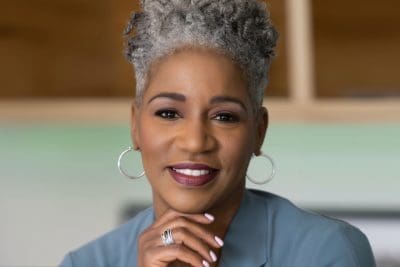| the economics of hair-artistry | ||
Have you been braiding, twisting, gluing and sewing hair in your living room or on your front porch for years? Make 2007 the year you make it official. With women and men now investing more time and money in the upkeep of their locks, often mimicking expensive celebrity styles, the need for talented cosmetologists is at an all-time high. Although all states require cosmetologists to be licensed, the qualifications to obtain a license vary. Generally, a person must have graduated from a state-licensed cosmetology school, pass a physical examination, and be at least 16 years old to be certified. Also, educational requirements vary from state to state – some require graduation from high school while others have no requirement at all. In some states, an apprentice training program can substitute for cosmetology school, but if you ever want to move around, this route is useless. The best thing to do is check the requirements at local schools in your area. Although a talented cosmetologist can earn a high five-figure income, it is hard work. Many full-time cosmetologists work more than 40 hours a week, including evenings and weekends, when beauty salons are busiest. Professional stylists and barbers typically set their own fees and can earn healthy tips when their clients are happy with the service rendered. Stylists who are not salon owners usually pay booth rent and purchase their own supplies and equipment; rarely is a hairdresser paid a straight salary. Earnings also depend on the size and location of the salon, competition from other beauty salons, and your ability to attract and retain regular clients. Large salons and department stores offer group life and health insurance and other benefits. Nearly all employers provide annual paid vacations of at least one week after a year’s service. And just like any other industry, there are plenty of unions to ensure fair treatment and pay. The principal union that organizes cosmetologists – both employees and salon owners – is the United Food and Commercial Workers International Union. The main trade association for salon owners, managers and employees, is the National Hairdressers and Cosmetologists Association, Inc. If the daily grind of twirling locks becomes tiresome, here’s another serious industry option: become a supplier. According to the Black Owned Beauty Supply Association, or BOBSA, Korean merchants dominate 90 percent of the $8 billion black hair care and cosmetics industry nationwide. Why not support one another and get our products from a black vendor? – kiara pesante For more information, contact the National Accrediting Commission of Cosmetology Arts & Sciences, 1990 M St. NW, Suite 650, Washington, D.C. 20036. |










